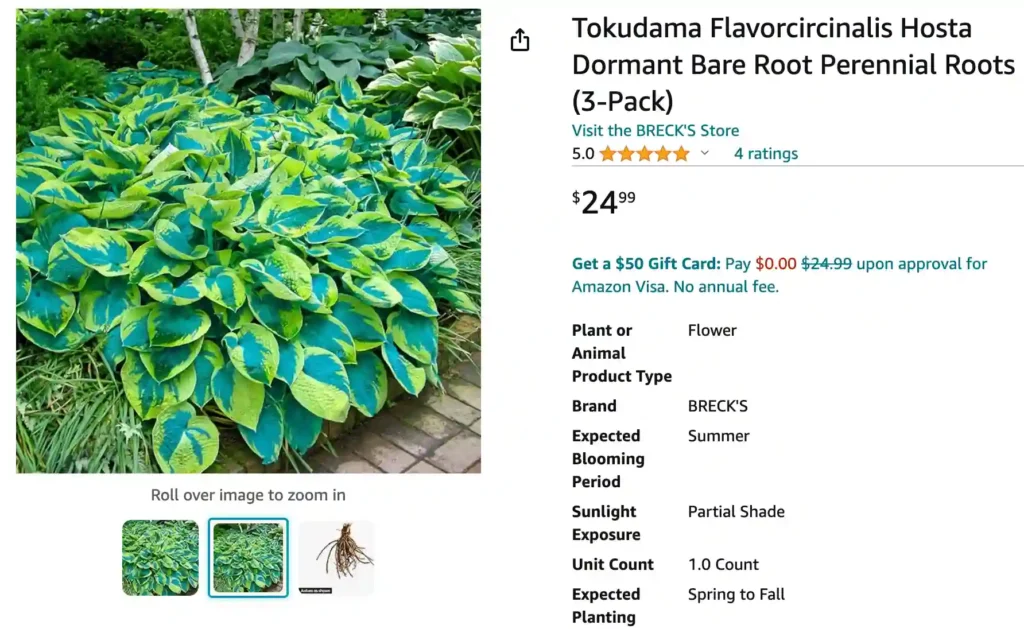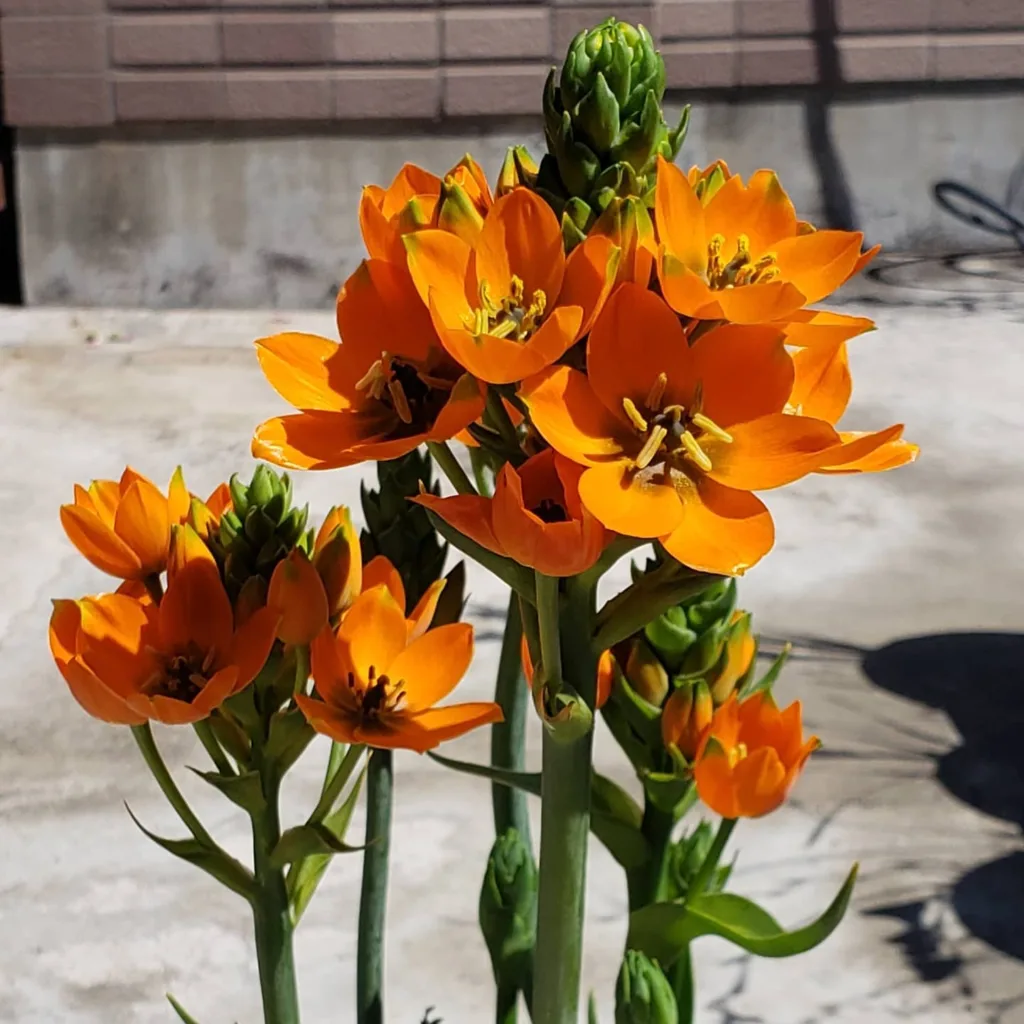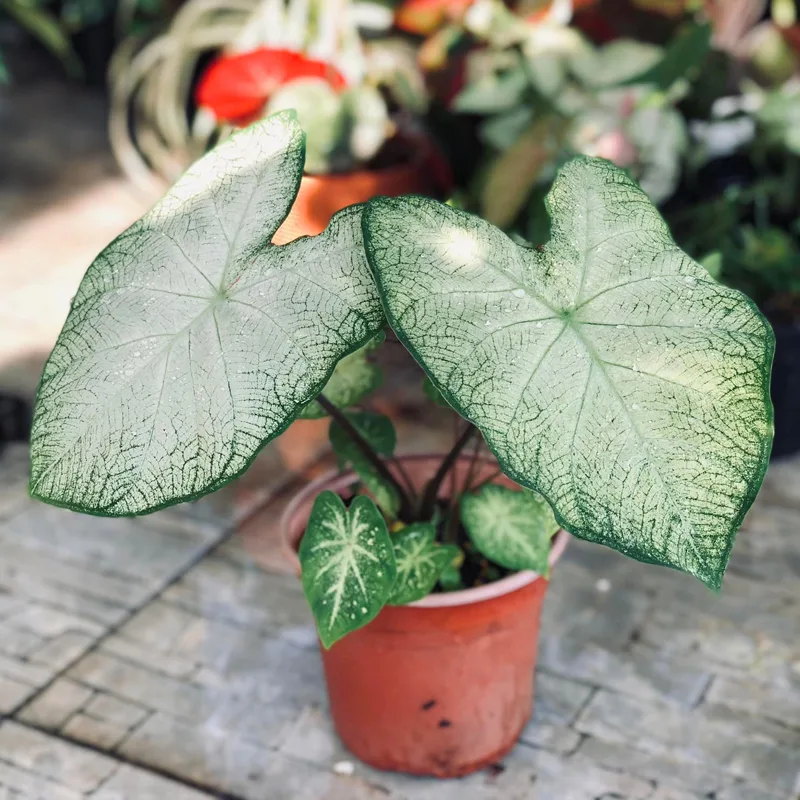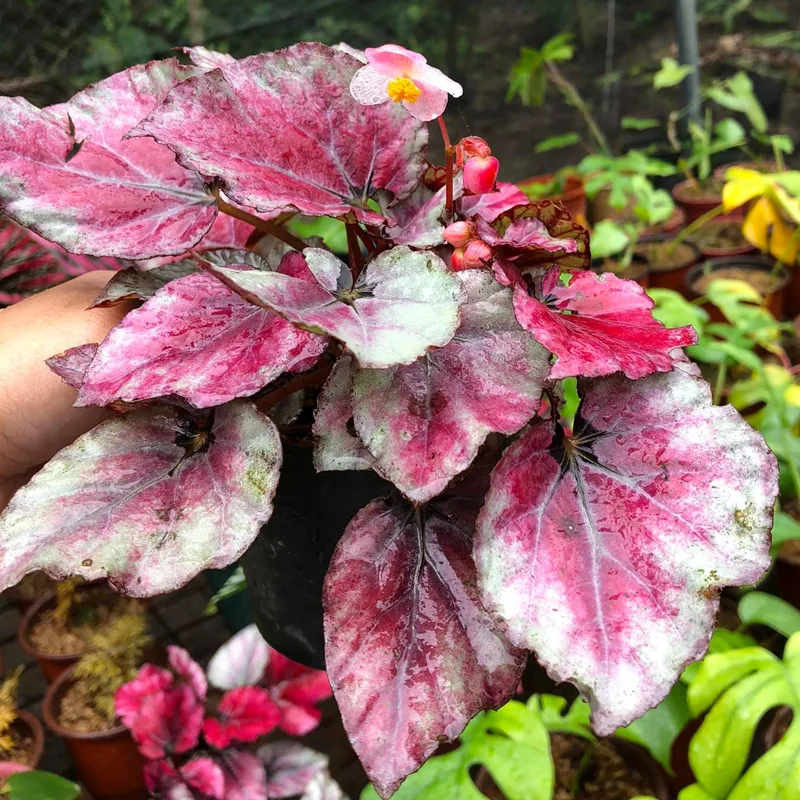
Hosta Tokudama Flavocircinalis: A Gardener’s Guide
For years, I’ve been captivated by the textural beauty of Hostas. Among them, the Hosta Tokudama Flavocircinalis holds a special place. This shade-loving perennial offers a unique combination of color and form, making it a standout in any garden.
31 Species in Genus Hosta
What is Hosta Tokudama Flavocircinalis?
Tokudama Flavocircinalis is a slow-growing, clump-forming Hosta prized for its stunning foliage. This old Japanese cultivar boasts large, puckered leaves with a distinctive color combination. The center of the leaf is a cool blue-green, edged by a creamy yellow margin. These corrugated leaves add a touch of drama and texture to shady borders.
How Does it Compare to Other Hostas?
Many Hostas share similar characteristics, but Tokudama Flavocircinalis offers unique advantages:
- Size: Compared to its giant cousins, Tokudama Flavocircinalis stays relatively compact. Reaching a mature height of 15-17 inches and spreading 18-24 inches, it’s perfect for smaller gardens or edging walkways.
- Sun Tolerance: Unlike most Hostas, Tokudama Flavocircinalis can handle a bit more sunlight. While partial shade remains ideal, it tolerates a few hours of morning sun, making it a more versatile choice.
- Slug Resistance: Those slimy garden pests can wreak havoc on Hostas. Tokudama Flavocircinalis, however, is known for its relative resistance to slug damage, offering peace of mind to gardeners.
How to care for Tokudama Flavocircinalis?
Planting Tokudama Flavocircinalis is a breeze. Here’s what you need to know:
- Timing: Spring or fall is the ideal planting time.
- Location: Choose a spot with partial shade to full shade. Morning sun is acceptable, but avoid harsh afternoon sun.
- Soil: Well-drained soil is key. Amend clay soil with compost or sand for better drainage.
- Planting Depth: Plant the crown (the point where the roots meet the stem) at ground level.
- Watering: Water regularly, especially during the first growing season, to keep the soil consistently moist but not soggy.
- Fertilizer: A balanced fertilizer applied once in early spring is sufficient.
Does Tokudama Flavocircinalis Flower?
Yes, it produces delicate, bell-shaped, pale lavender flowers in midsummer. The flowers rise above the foliage on slender stalks, adding a touch of elegance to the plant. However, the true showstopper is the foliage.
How Fast Does Tokudama Flavocircinalis Grow?
Be patient with this slow grower. It matures gradually, taking several years to reach its full size. But the wait is worth it, as the mature plant offers a captivating presence in the shade garden.
Does Tokudama Flavocircinalis Need to be Divided?
Division is not necessary for Tokudama Flavocircinalis. However, if you want to propagate new plants, you can divide established clumps in early spring.
What are Some Companion Plants for Toka dama Flavocircinalis?
Tokudama Flavocircinalis pairs beautifully with other shade-loving perennials like ferns, Astilbes, Heuchera (Coral bells).
Winter Care:
While Tokudama Flavocircinalis is winter hardy in zones 3-9, you can add a layer of mulch around the base of the plant in late fall to provide additional protection from harsh winter temperatures.
Pests and Diseases:
This Hosta is generally trouble-free, but keep an eye out for slugs and snails, especially in areas with high moisture. You can use organic methods like handpicking or beer traps to control these pests.
Comparison to Hosta Frances Williams:
Tokudama Flavocircinalis is often compared to Hosta Frances Williams. Both share similar blue-green foliage with yellow margins. However, Tokudama Flavocircinalis is smaller and more compact, making it a better choice for smaller gardens. Additionally, Tokudama Flavocircinalis boasts slightly better sun tolerance.
Conclusion: Embrace the Beauty of Tokudama Flavocircinalis
With its captivating foliage, shade tolerance, and compact size, Tokudama Flavocircinalis is a gem for any garden. So, if you’re looking for a low-maintenance plant that adds a touch of texture and color to your shady haven, consider adding this exquisite Hosta to your collection.
If i die, water my plants!



